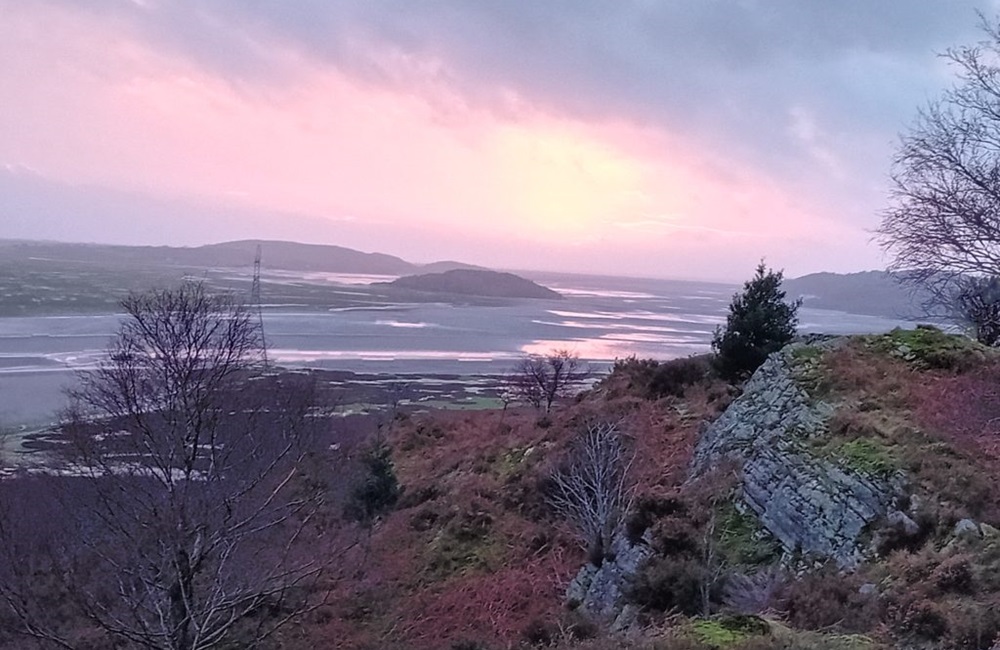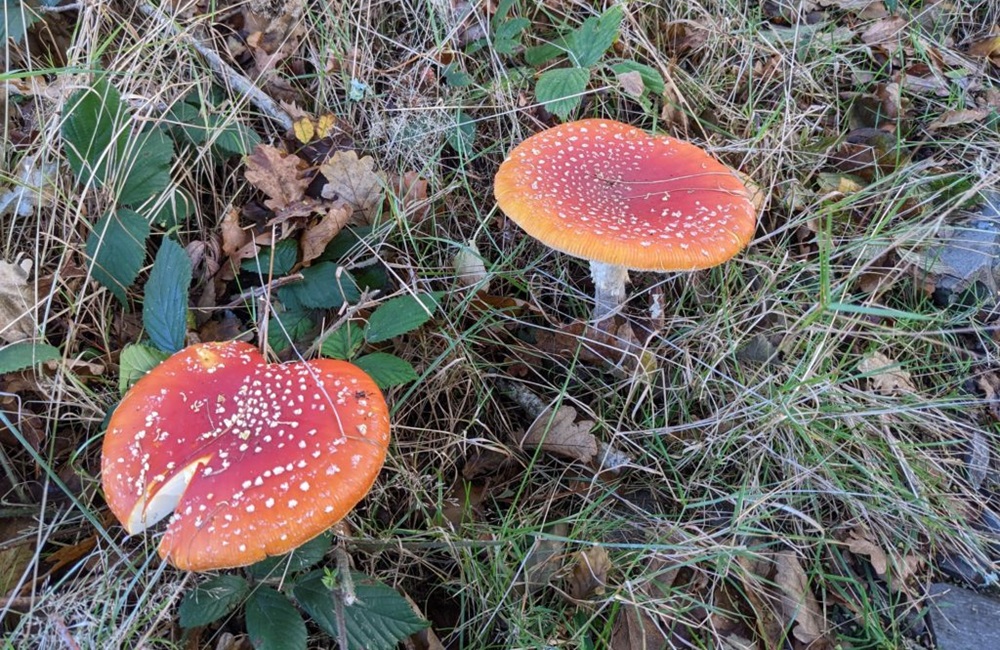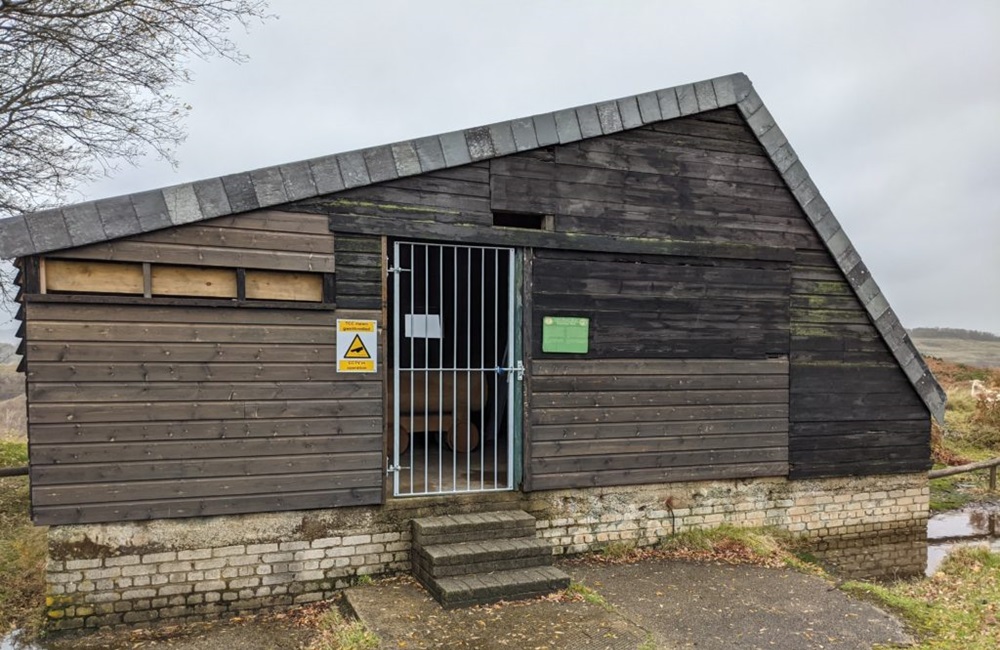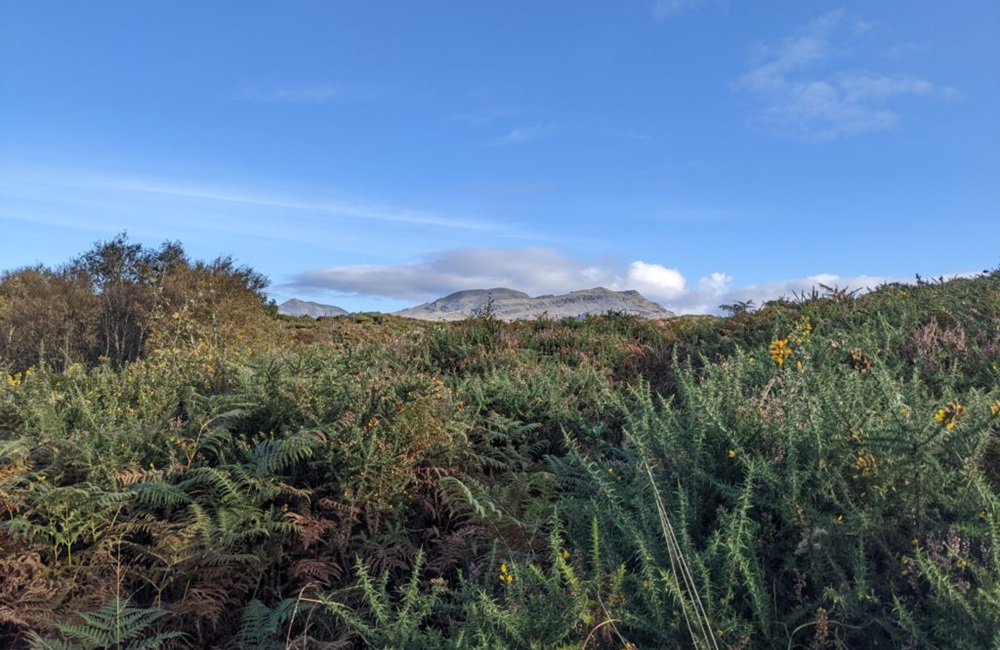Letter from Gwaith Powdwr, Penrhyndeudraeth

Ruth Bradshaw
The mountains of Eryri beckon but with only an hour to spare while visiting my parents, I can’t stray too far so instead I walk out of Penrhyndeudraeth towards the bridge over the Dwyryd. Turning away from the road and the sheep dotted saltmarsh, I pass through a gate behind some industrial units and arrive in a place where the low-lying, flat lands of the estuary give way to steep-sided narrow valleys covered in birch and oak trees, and the air is filled with the sound of birdsong and gently running water.

Gwaith Powdwr (The Powder Works) is now a nature reserve managed by North Wales Wildlife Trust where bats roost and nightjars breed but this was once the biggest explosive works in Europe. For 130 years from 1865, hundreds of people were employed here and the products they made had an impact on the lives of millions more.

Gunpowder
The site was considered ideal for manufacturing gunpowder as splitting production between the three parallel valleys limited the impact of any accidents. Business boomed during the global conflicts of the twentieth century – 17 million grenades were filled here during World War Two – and the works also supplied explosives to the mining industry.
Now trees and plants fill the spaces where once so many made their living making deadly devices. Most of the industrial structures were removed during decommissioning or are visible today only as ghostly remnants, half-hidden among the woods and scrub, but a few have been preserved intact. I follow a track up through the site to where the explosives shed still stands. It’s extra outer wall – several feet thick – was intended to force any accidental explosion upwards rather than outwards and is now a patchwork of vibrant greens and mottled browns, as ferns and other plant life gradually colonise the sandbags from which it is constructed.

Industrial
I close my eyes briefly and try to imagine what this place would have been like in the middle of the last century when it was a busy industrial site. I can hear the clank and rattle of the conveyor belts moving materials around the site, and the revving of engines and beeping of horns as trucks arrive and depart to transport the explosives to coal mines across the country. Most of the human voices are drowned out by the machinery, but occasionally I hear a shout as one of the workers calls out. I try to picture those workers too, the men and women who travelled from miles around to do this dirty, dangerous, noisy work. Now, all that is gone and the only other people I’ve seen here today are a couple of dog walkers.
Leaving the woodland, I emerge into a more open grassy area and carry on up to the top of the furthest valley, and another of the remaining buildings. The pendulum shed was where workers tested the strength of gunpowder by firing it from a cannon into a huge metal pendulum and measuring the resulting movement. Once local people could set their clocks by the daily boom of this gunpowder test, but the explosives and cannon are long gone and only the pendulum remains, visible but inaccessible behind a locked gate.
Panoramic
I pause next to the pendulum shed to enjoy the panoramic view of the National Park which this place is not quite a part of. In one direction I can see out beyond the glistening saltmarsh and the widening stretch of water to where Harlech Castle is just visible, and a glimpse of white reveals the village of Portmeirion. Between them, in the middle of the estuary is Ynys Giftan, less than a mile from the shore and accessible at low tide. We walked out to the island one summer a few years back, at first trying to leap over each of the silvery channels which the sea had carved through the sand, but soon finding it easier to discard our boots and paddle through the sun-warmed water.

Now my hour is nearly up, and I need to get back. As I head down the hill, my head is still full of the memories contained in that view and it’s good to be reminded of a time when mountain walking and not support for my elderly parents was the main thing that drew me to this corner of Cymru.
You can find more of Ruth’s creative non-fiction writing in her Substack newsletter, Stories of Coexistence, where she writes about conservation volunteering, urban wildlife, nature writing, and a few other things.
Support our Nation today
For the price of a cup of coffee a month you can help us create an independent, not-for-profit, national news service for the people of Wales, by the people of Wales.




